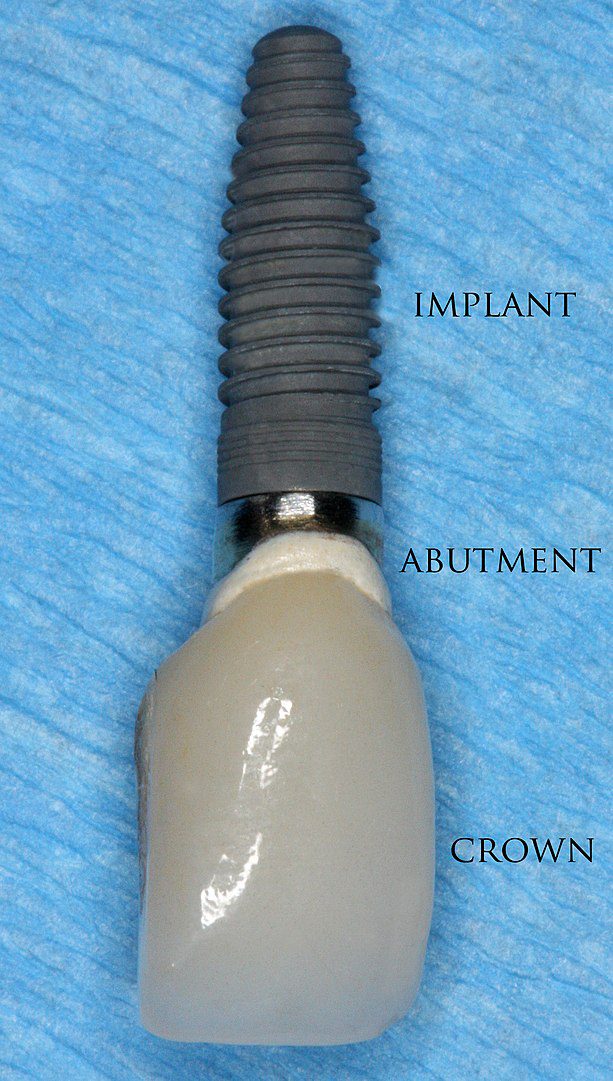Dental Crowns Cost and Risks

Dental Crowns: Costs and Risks
When delving into the realm of dental restoration options, it’s imperative to carefully consider the financial outlay and associated health risks of opting for dental crowns as opposed to implants or other alternatives. This decision necessitates a nuanced understanding of the immediate and extended implications tied to the use of dental crowns, a prevalent choice for preserving the structural integrity of natural teeth.

Dental crowns:
essentially custom-designed caps, are crafted to encase a damaged tooth, thereby aiming to reinstate its original dimensions, appearance, and functionality. These prosthetics are fabricated from diverse materials, including ceramics, porcelain fused to metal, and even precious metals, each chosen with the goal of bolstering the tooth’s structure while striving for a balance between durability and aesthetic appeal. Despite their widespread adoption, the journey with dental crowns is sometimes fraught with unforeseen hurdles and potential adverse effects.
The allure of porcelain crowns lies in their close resemblance to natural tooth enamel, making them a favored choice for front-tooth restoration. However, the material’s inherent brittleness can lead to fractures under duress, which not only compromises the crown but may also inflict damage on neighboring teeth. The hybrid porcelain-metal crowns offer enhanced resilience but might not seamlessly blend with the natural dental palette, sometimes leading to dissatisfaction with the cosmetic outcome.
Metal allergies present another consideration, as certain individuals may react adversely to the metals used in some crowns, unlike the widely tolerated titanium used in implants. This underscores the importance of thorough material compatibility assessments prior to proceeding with crown placement.
Beyond aesthetic and allergic concerns, dental crowns can precipitate additional dental woes, including decay beneath the crown or the aggravation of pre-existing conditions, often concealed and challenging to rectify. They may also exert undue influence on adjacent teeth, potentially eliciting discomfort or alignment issues, necessitating further interventions.
Complications such as infections or disease post-crown installation underscore the risks of introducing foreign materials into the mouth, which, in worst-case scenarios, could lead to tooth extraction and replacement. Patients may also report heightened sensitivity to temperature variations and discomfort during mastication, alongside gum irritation, factors that could detract from the overall quality of life.
In summary, while dental crowns present a viable pathway to dental restoration, the journey is accompanied by an array of costs and risks that warrant careful deliberation. Comparing these to the benefits and downsides of alternatives such as dental implants enables individuals to navigate their dental health decisions with a more informed perspective. A comprehensive evaluation of the potential outcomes and challenges associated with dental crowns is crucial for anyone considering this option, ensuring alignment with both health objectives and financial considerations.

